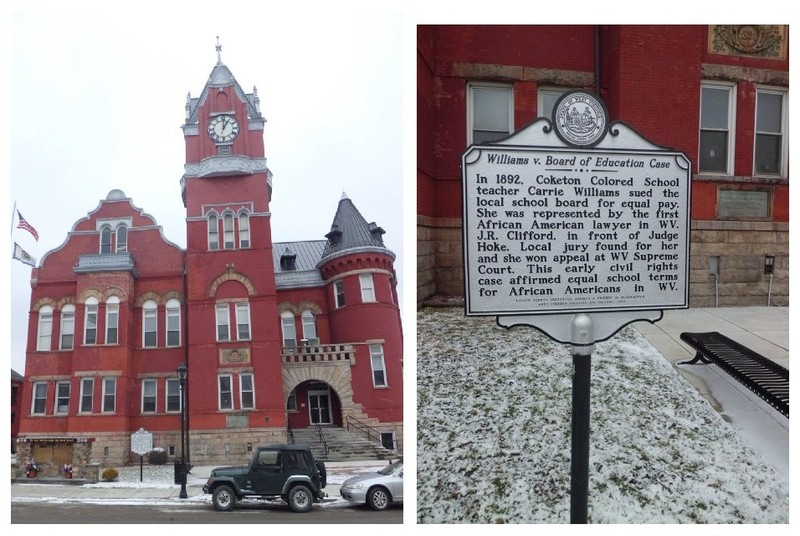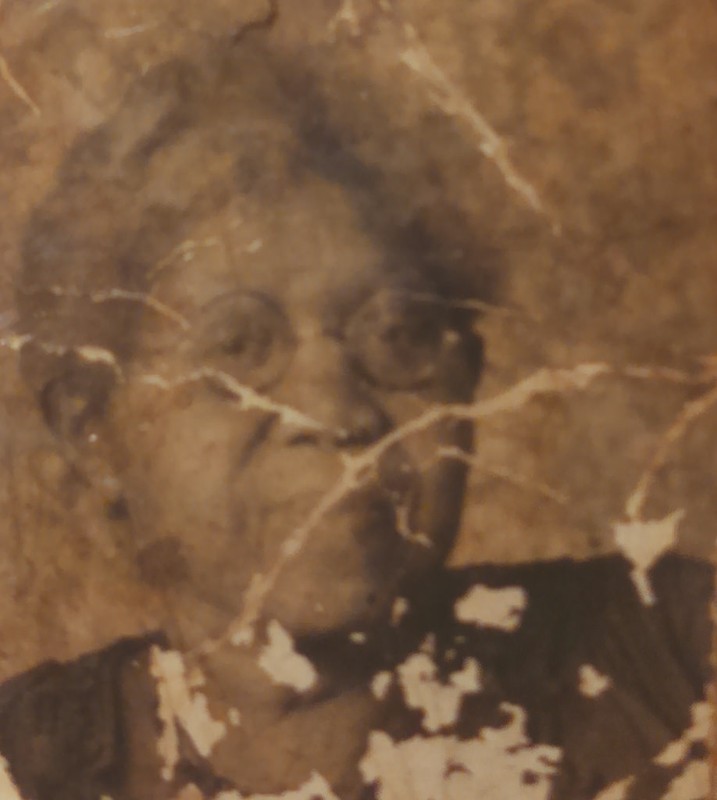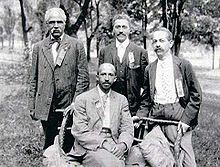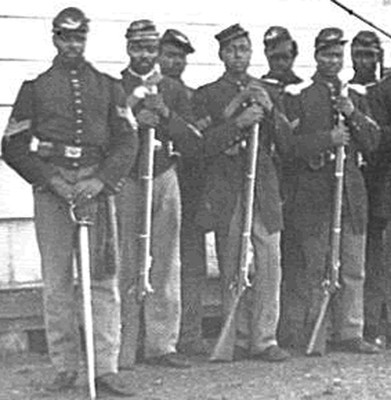Carrie Williams vs. Tucker County (1892) Historical Marker
Introduction
Author-Uploaded Audio
Listen to a narration of this entry's description by Eliza Kolander.
Text-to-speech Audio
Images
This historic marker near the Tucker County Courthouse shares the history of the landmark decision.

Carrie Williams, a photo from later in life. Courtesy of great grandson Curtis F. Smith.

Niagara Movement leaders W. E. B. Du Bois (seated), and (left to right) J. R. Clifford, Lafayette M. Hershaw, and Freeman H. M. Murray at Harpers Ferry.

During the Civil War J.R. Clifford served as a corporal in the U.S. Colored Troops.

Backstory and Context
Author-Uploaded Audio
Listen to a narration of this entry's description by Eliza Kolander.
Text-to-speech Audio
Carrie Williams was represented by J.R. Clifford, an African American lawyer who would become one of the most important activists on behalf of racial equality in West Virginia. Together, Clifford and Williams ended the policy of ending the school term for Black children three months sooner than the term for white children.
“She told him what had happened, that the school board was only going to pay her for three months — they were going to stop her term — even though the white kids were continuing,” ... “He gave her this great piece of strategic advice, he told her ‘I want you to keep on teaching and live on your savings, and then after you’ve completed that, bring me all your records and we’ll file a suit against the Tucker County school board’ and that’s what Clifford did. And that’s what led to the Carrie Williams versus the Tucker County Board of Education, with JR Clifford as her lawyer and that was the case that was tried in Parsons and it all started right here in this little valley…” -Tom Rodd, Co-Creator of the J.R. Clifford Project.1
Prior to 1887 when Clifford because the first African American Attorney in the state of West Virginia, he was a Civil War veteran, teacher, principal, and newspaper publisher. His newspaper, The Pioneer Press, was one of the longest published African American newspapers from 1887-1913. J.R Clifford was one of the first attorneys in the United Stated to challenge the segregated school system. After his success in Williams v. The Board of Education, he became a founder of the Niagra Movement along with W.E.B. DuBois in 1906 where he served as vice president of the organization. Clifford practiced law until he died at age 85, he was the most senior active lawyer in the state.
Sources
1. Roxy Todd. “The 1892 Civil Rights Case of Coketon, West Virginia - Traveling 219: The Seneca Trail.” May 9, 2014. Accessed September 1, 2016. http://www.traveling219.com/stories/deep-creek-lake-elkins/1892-civil-rights-case-coketon-west-Virginia/.
2.“Friends of Blackwater.” Accessed September 1, 2016. http://www.jrclifford.org/jrc_life.html.
3. J. R. Clifford. (2016). Retrieved September 1, 2016, from http://www.wvencyclopedia.org/articles/1311
